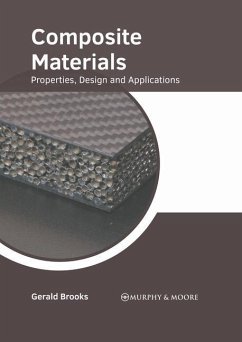Materials formed by joining two or more materials which exhibit the desired physical and chemical properties are called composite materials. Plywood, fiberglass and reinforced concrete are some of the examples of composite materials. Being lighter and stronger than conventional materials, they find extensive use in the fields of aerospace, automobile, construction and orthopedics. Composite materials are classified into metal matrix composite, ceramic matrix composite and reinforced-plastics matrix composite. On the basis of structure, they are further bifurcated into sandwich structured composites and monolithic structured composites. Examples of fibres used for reinforcements include metal fibres, boron fibres and carbon fibres. Composite materials are manufactured using the techniques of casting, braiding, winding, moulding and forming. This book traces the progress of this field and highlights some of its key concepts and applications. It includes some of the vital pieces of work being conducted across the world, on various topics related to composite materials. As this field is emerging at a rapid pace, the contents of this book will help the readers understand the modern concepts and applications of the subject.
Hinweis: Dieser Artikel kann nur an eine deutsche Lieferadresse ausgeliefert werden.
Hinweis: Dieser Artikel kann nur an eine deutsche Lieferadresse ausgeliefert werden.







